Understanding Bloat (GDV): The Emergency Every Dog Owner Fears
A playful evening can suddenly turn frightening when your dog’s belly suddenly looks swollen. They may begin pacing, retching, and drooling. These are often the first signs of bloat, or gastric dilatation-volvulus (GDV), one of the most dangerous emergencies in dogs. If left untreated, it can become fatal in a matter of hours. While large, deep-chested breeds are most at risk, any dog can develop GDV. Knowing the early signs and acting without delay can save a life. Omega Veterinary Group in San Mateo is open 24/7 with advanced emergency and surgical care for dogs facing this critical condition.
What is Bloat (GDV) in Dogs?
Understanding Gastric Dilatation-Volvulus
Gastric dilatation-volvulus is one of the most urgent veterinary emergencies. It begins when a dog’s stomach rapidly fills with gas, food, or fluid, causing dangerous distention. In severe cases, the stomach rotates (volvulus), trapping contents and cutting off blood supply to the stomach wall and nearby organs.
This rotation compromises blood flow to the stomach and spleen and compresses major vessels, reducing circulation and potentially causing shock.
Progression from simple dilatation to volvulus can occur within minutes to hours. Some dogs have mild bloating episodes before developing the full syndrome; others move rapidly from normal to critical. Because the timeline is unpredictable, any suspected case is an immediate emergency.
Identifying Dogs Most at Risk
Any dog can develop GDV, but large and giant breeds with deep, narrow chests face a higher risk. Great Danes, German Shepherds, Standard Poodles, and Saint Bernards are commonly affected. Breed-specific health risks also include genetic and anatomical factors.
Studies have shown many predisposing factors for GDV. Risk increases with age, especially over seven years old. Males are affected slightly more often than females, and anxious or fearful temperaments may contribute. Having a first-degree relative with GDV doubles a dog’s risk, highlighting genetic susceptibility.
Recognizing the Signs of GDV
Early Symptoms to Monitor
Early signs can be subtle but worsen quickly. Common signs include:
- Restlessness and pacing with difficulty settling
- Unproductive retching or attempts to vomit producing only foam or saliva
- Excessive drooling
- Rapid abdominal distention, especially behind the rib cage, with a tight, drum-like feel
- Signs of pain: hunched posture, reluctance to move, vocalizing
- Rapid breathing, pale gums, weakness- indicators of progressing shock
Why Immediate Veterinary Action is Crucial
GDV worsens without surgical intervention. A twisted, expanding stomach compresses organs and major vessels, reducing blood flow to the heart, liver, and kidneys. Toxins accumulate, and within hours, dogs can develop cardiac arrhythmias and stomach wall death, potentially leading to rupture. GDV symptoms always warrant immediate veterinary attention.
The window for successful treatment is narrow. Dogs treated within the first few hours generally have far better outcomes than those treated after six hours, when complications rise and recovery becomes harder.
Preventative Measures
Lifestyle Adjustments for Prevention
Management strategies can reduce GDV risk, especially for susceptible breeds:
- Feed two to three smaller meals daily rather than one large meal.
- Allow at least two hours between meals and intense exercise; avoid feeding right after strenuous activity.
- Elevated bowls may increase risk for some dogs. Discuss feeding setup with your veterinarian.
- Reduce stress at mealtimes; anxious dogs may gulp food and air. Calm environments and behavioral support can help.
Surgical Prevention Options
For high-risk dogs, especially those with family histories of GDV or breeds with extreme susceptibility, preventive surgery offers significant protection. A gastropexy procedure permanently attaches the stomach to the abdominal wall to prevent rotation.
Gastropexy can be performed during spay or neuter or laparoscopically as a standalone procedure. It does not prevent dilatation, but it prevents volvulus, turning a life-threatening emergency into a manageable condition.
Treatment and Recovery
Emergency Veterinary Care Procedures
Successful GDV treatment requires immediate decompression followed by surgery. Initial stabilization relieves gastric pressure (via tube or needle decompression) and supports circulation with IV fluids and medications.
Once stable for anesthesia, surgery returns the stomach to its normal position, removes any damaged tissue, and performs gastropexy to prevent recurrence. At Omega Veterinary Group, we offer 24/7 emergency care with experienced emergency veterinarians and state-of-the-art surgical facilities for complex GDV cases.
Post-Surgery Recovery Care
Recovery requires careful monitoring for several days. Activity is restricted while surgical sites heal, and feeding is reintroduced gradually. Small, frequent meals of easily digestible food help the stomach resume normal function. Pain management and monitoring for complications, including arrhythmias and surgical site infections, are essential.
Most dogs treated promptly make full recoveries and return to normal activity within several weeks. The gastropexy performed during emergency surgery provides lifelong protection against future volvulus.
Why Insurance and Savings Matter for Dogs at Risk of GDV
If your dog is at risk for GDV, it is critical to have both pet insurance and a dedicated emergency savings account. Insurance helps reimburse the high costs of surgery and hospitalization, while savings ensure you have immediate funds available for up-front care. Owners of deep-chested, large-breed dogs should secure insurance as soon as possible to avoid exclusions for pre-existing conditions.
Key reasons to combine both approaches:
- Emergency GDV surgery can cost several thousand dollars, and extended hospitalization adds up fast
- Insurance provides reimbursement, while savings cover up-front costs at the clinic.
- Having both means you can act without hesitation and protect your dog’s life.
Families with at-risk pets should not delay in getting coverage and building an emergency fund. GDV strikes suddenly, and every minute matters. With insurance and savings in place, you can make fast decisions focused on your pet’s survival instead of financial stress. This preparation offers peace of mind and ensures your dog receives the urgent care they need.
Bloat Facts Owners Often Get Wrong
Clearing Up Misconceptions
- GDV does not only affect giant breeds; medium-sized, deep-chested dogs are also at risk.
- Elevated food bowls do not prevent bloat and may increase risk in some dogs.
- Active, healthy dogs can develop GDV, especially if exercising soon after eating. Awareness and timing around meals are key.
Frequently Asked Questions About GDV
Is GDV painful? Yes. Significant abdominal pain explains restlessness and posture changes.
Will it recur? Without gastropexy, recurrence risk is high after a first episode, making preventive surgery strongly recommended.
How long is recovery? Most dogs return to normal activity in four to six weeks, depending on episode severity and overall health.
Why Choose Omega Veterinary Group?
Expert Care and Compassionate Service
GDV emergencies are stressful for pets and families. Our experienced emergency veterinarians and support staff provide skilled medical care and clear communication throughout treatment. Our criticalists oversee each case to optimize outcomes and keep you informed. Our facility features advanced diagnostics and surgical capabilities designed for complex emergency procedures.
When Every Minute Counts: Act Quickly
GDV is a true emergency where rapid recognition and action can mean the difference between life and death. If your dog shows signs of abdominal distention, unproductive retching, drooling, or distress, seek emergency veterinary care immediately. Do not wait. This condition worsens without intervention.
Omega Veterinary Group provides 24/7 emergency care with experienced veterinarians, board certified criticalists, and advanced surgical capabilities ready for GDV cases. Call ahead to alert our emergency team- we stand ready to deliver the expert care your dog needs.

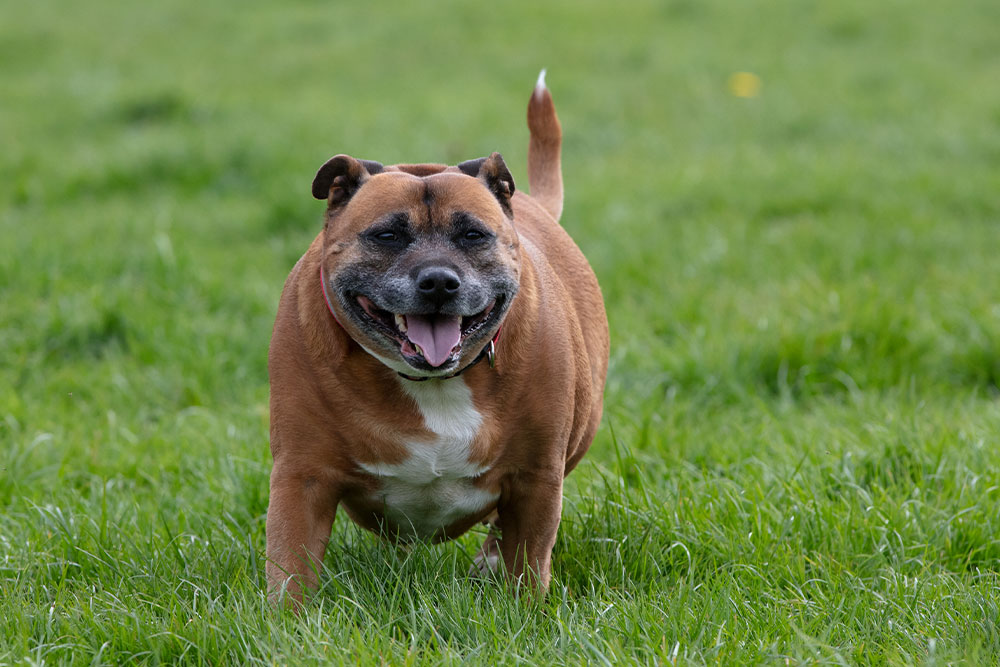
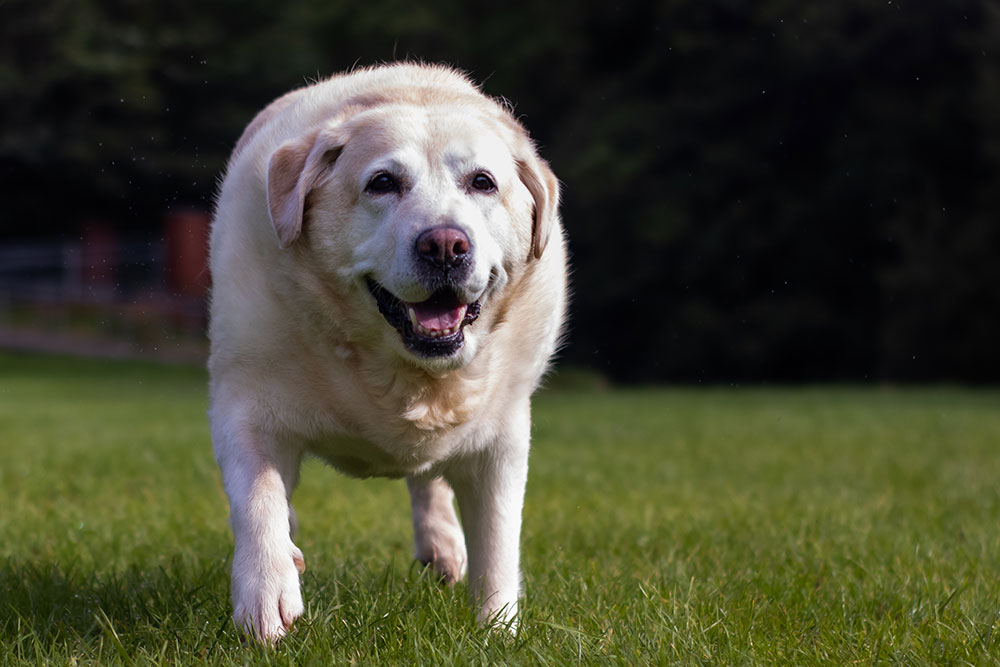
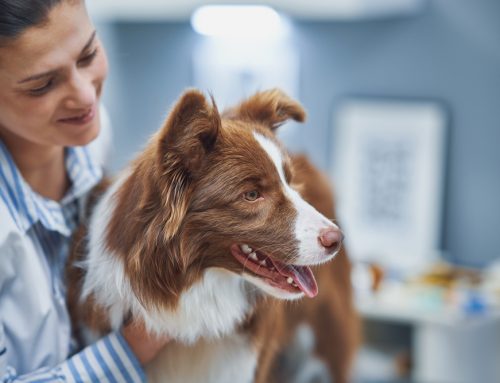
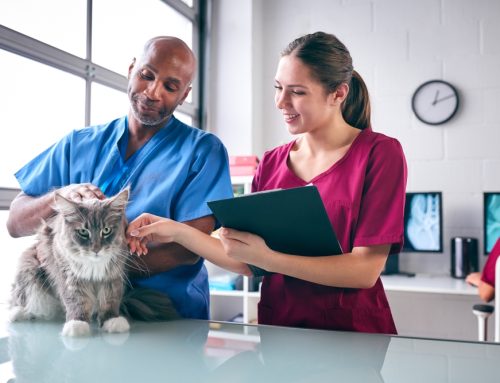
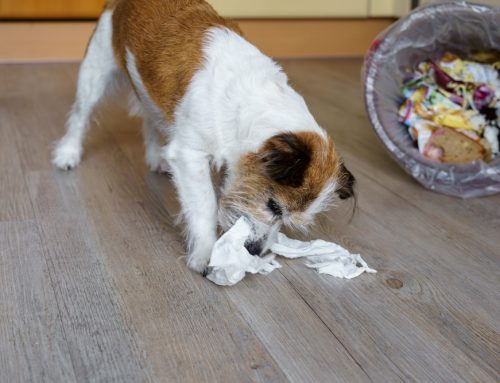
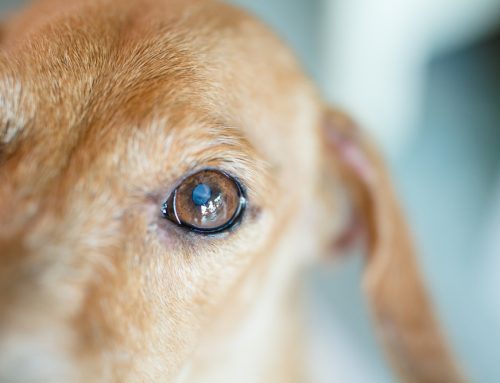
Leave A Comment